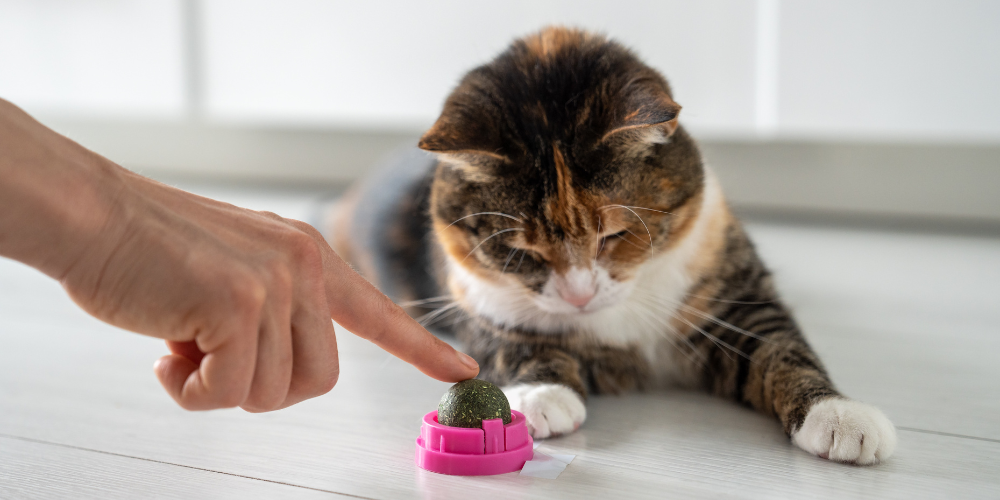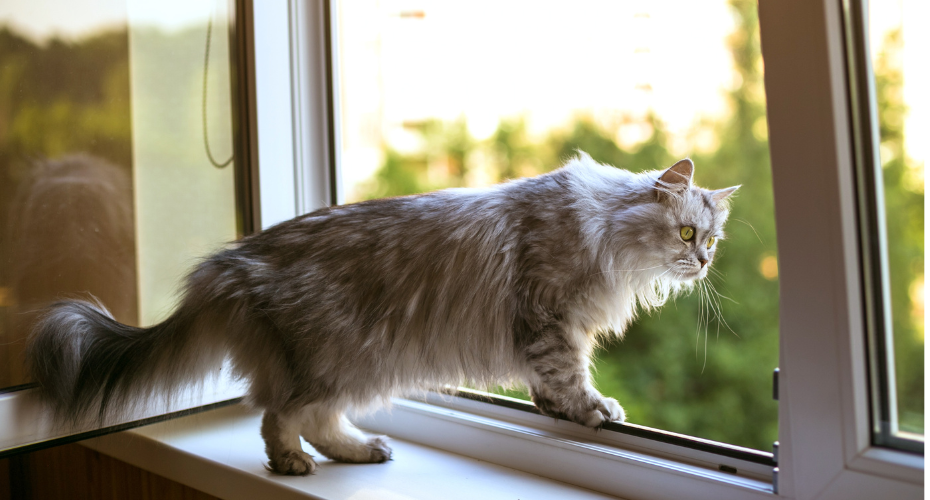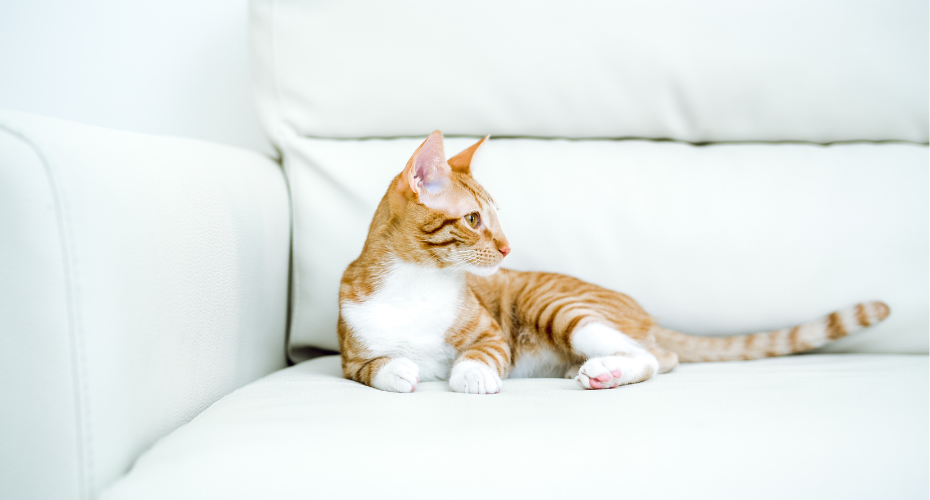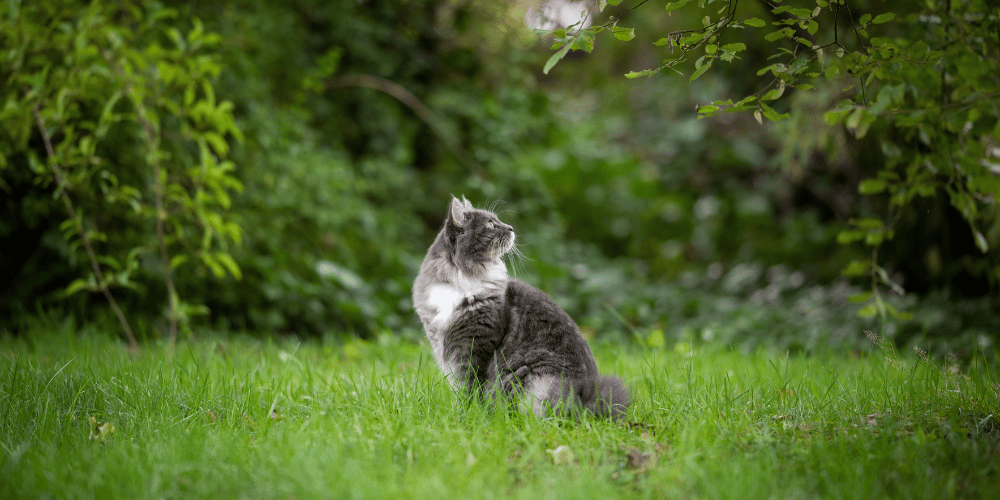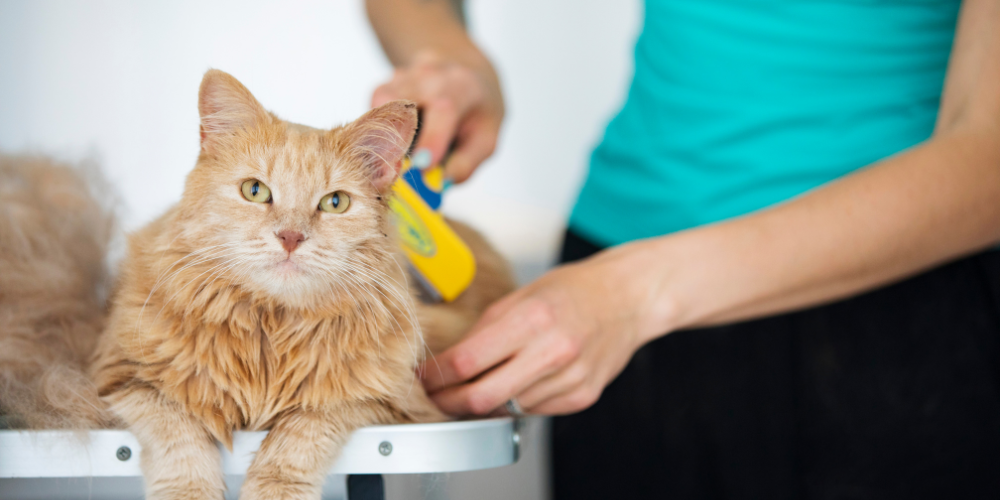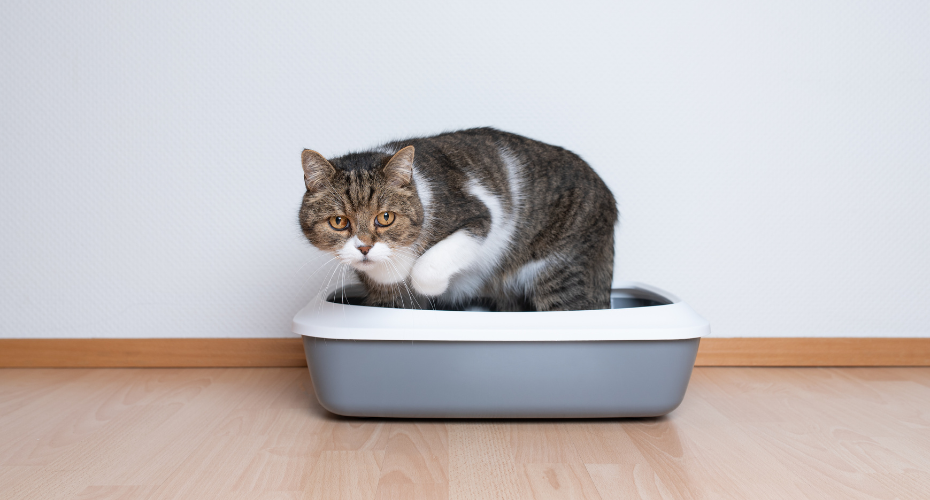
Free-ranging cats have the freedom to choose their preferred elimination location. They would prefer to avoid eliminating in a spot that another cat has used (unless they are marking it). Free-ranging cats will not urinate and defecate in the same area, and they do not like to eliminate in public places or cave-like settings.
Few households are able to provide that level of choice to their feline members. In spite of this, house cats are surprisingly reliable in the use of the cat litter box. A breakdown of this appropriate litter box use may have many reasons:
- An aversion to the box, the location, or substrate (litter)
- A preference for a particular surface not provided by the box,
- A preference for a particular location where there is no box or a combination of all three.
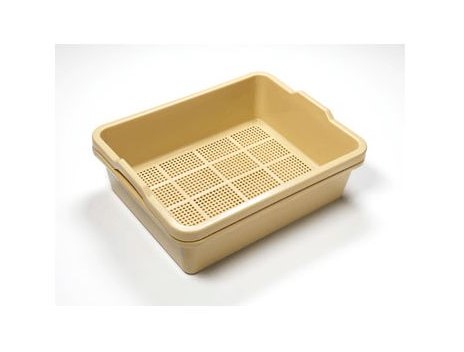
To complicate this, the reason that the litter box problem initially started may not be the same reason that it is continuing. For instance, the cat may have urinated outside of the box due to a urinary tract infection. Subsequently, the cat has associated the litter box with pain, developed a substrate preference for carpet, and a location preference under the desk in the guest bedroom - a secluded area in a room that you hardly ever use. In this case, the successful treatment has to include all three factors (the box aversion, the location preference, and the substrate preference).

What can you do?
- Take your cat to your local veterinarian and make sure to exclude any medical problem that may be causing the behaviour changes!
- Punishment will not stop the behavior. Reprimanding the cat, physical punishment, or approaches that involve rubbing the cat's nose in urine or faeces will most likely make the problem worse.
- Scoop at least twice daily and change the litter completely every week. This will vary according to how many cats are in the household, how many litter boxes you have, and how large the cats are that are using the box or boxes. If you can smell the box, you can be sure that it is offensive to your cat.
- Make sure that the cat litter box is not near an appliance that makes noise or in an area of the house that your cat doesn't frequent.
- Offer more than one exit from the cat litter box to keep the cat from feeling trapped or ambushed.
- Place the box away from food and water dishes
- The ideal number of boxes equals the number of cats in the house and one additional box (i.e. 3 cats require 4 boxes).
- Place one box on each floor of the house and locations that have been soiled previously.
- Clean the soiled areas with an enzymatic cleaner.
